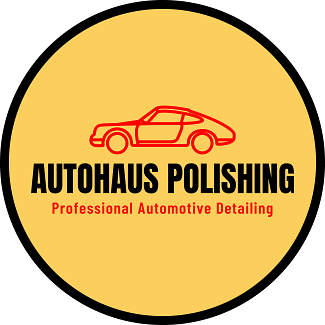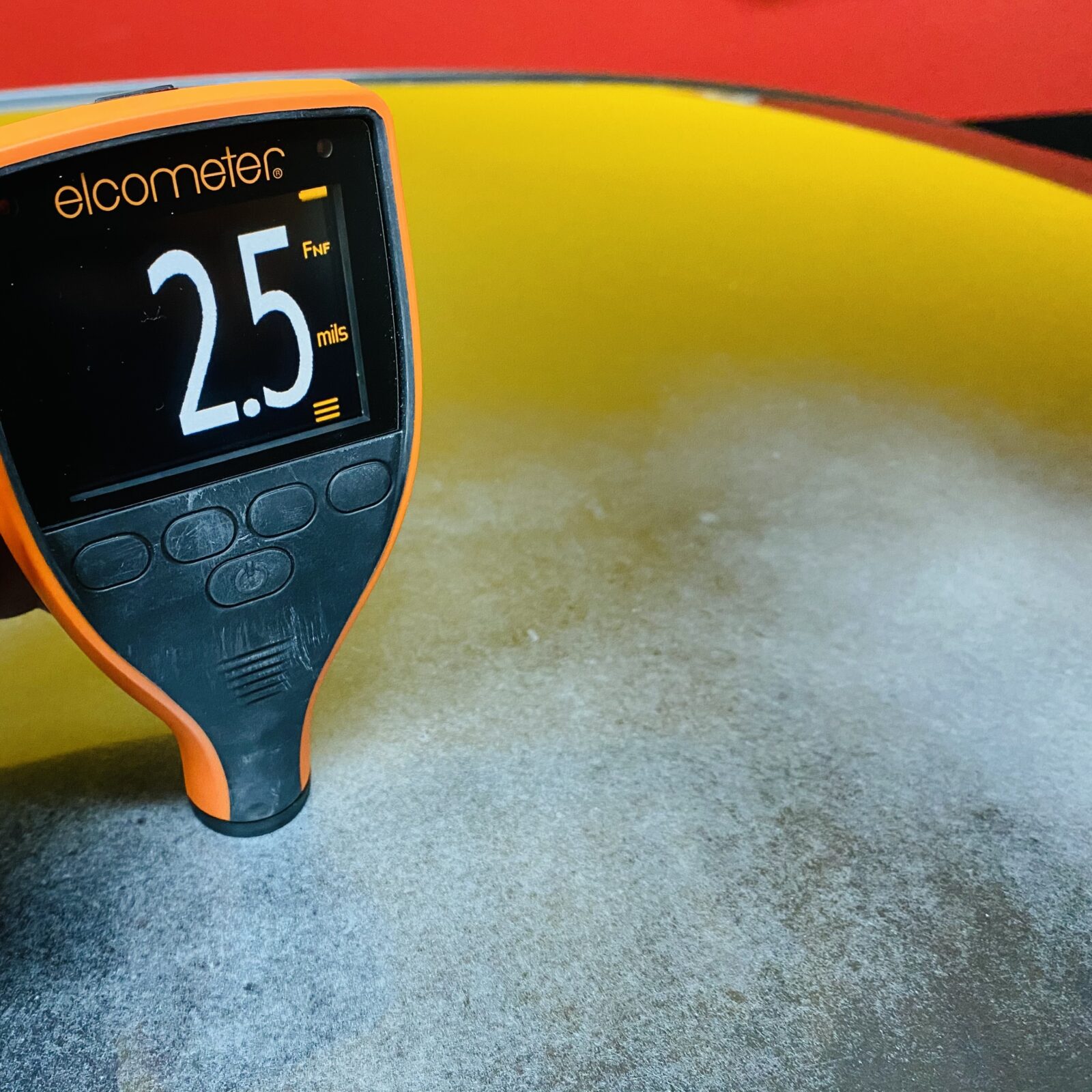
Car Clear Coat Repair
The phrase “car clear coat repair” is a popular search term on the internet. This phrase, along with “how to repair clear coat on a car,” are searched by consumers whenever they begin to notice clear coat failure on their vehicle. First let’s discuss why clear coat can fail. Clear coat failure is usually the result of a combination of variables, the most popular of which is the lack of UV protection against the rays from the sun. These are the same UV rays that can damage your vehicle’s dashboard if you do not take preventive measures to protect it during your time of ownership. If left not protected, these ultraviolet lights will slowly damage and degrade the outer layer of your vehicle’s paint, thus burning it white and rough, as seen below.
Minimize the Risk for a Car Clear Coat Repair
To reduce chances of needing a car clear coat repair, Autohaus Polishing recommends to have a professional exterior vehicle detail completed about 3-4 times per year. This detail should include a decontaminating wash, occasional clay bar to remove environmental fallout, and a high grade sealer wax. Keeping up with regular waxing will further help to prevent premature clear coat failure. A high grade vehicle wax will act as a protective barrier between your vehicle’s clear coat and the sun’s damaging UV rays. Unfortunately, if you can already see a faded or peeling clear coat, it is then too late to correct.
Sealing the Clear Coat
Once your vehicle has been washed and clayed, you may elect to take additional preventive measures before proceeding to waxing. These steps include polishing or even electing to have a multi-step paint correction performed. A paint correction will remove those unwanted swirls in your vehicles paint. During this treatment you may also choose to have scratch repairs made to your vehicle’s paint! When choosing either of these options, the final step would then be to seal the vehicle’s paint with a professional polymer sealant or a ceramic coating. Both of these options are far superior to traditional waxing.



